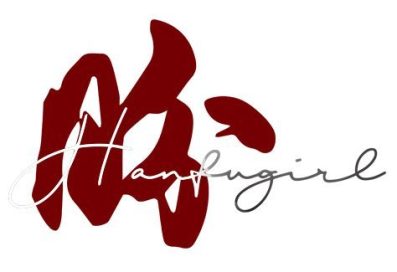IMPORTANT: WE HAVE MOVED!
CLICK HERE FOR OUR NEW SITE!
Renaissance artists such as Michelangelo, Donatello, Raphael and Da Vinci were hailed as the most iconic artists in western art history, partly due to their presence in the first ever art history book of the west written by Giorgio Vasari in the 16th century. Before that, artworks were often anonymously produced, and artists were regarded mainly as craftsmen than having independent identities.
Just like the Italians, Chinese artists before the Wei, Jin, Northern and Souther dynasties period (circa 220-589CE) were regarded as craftsmen, and the first person to be written about in the history of Chinese Art was this person called Gu Kai Zhi (顾恺之, 349-405CE). His works were to be copied widely by artists of later dynasties, and he has many firsts in the history of Chinese Art including being the first known artist in history of China, first known artist to have written about art, and also be written about.
Like the Renaissance Big 4, Gu Kai Zhi was also extremely well recognised and patronised in his time.
Before I bore everyone with the details, will share a few of his works and highlight how these work reveal history of that era, and history of fashion.
But do note that all the paintings that are attributed to Gu Kaizhi are all replicas from a later era, because his artwork was widely copied even far into later dynasties, and it was impossible to preserve the original after so many years (they were painted on silk scrolls traditionally, and very vulnerable to fire, pest, moisture, or quite simply, deterioration).


As you can see from this painting, women’s hair was rather elaborate with one or two loops. This was a change from the Han Dynasty with their hair mainly let down and secured at the back. By this time, it was usual for women to wear their hair in really elaborate fashion, and to use wigs for that this purpose (recall that in Han Dynasty, the previous era, only women from elite background would use wigs). The dresses of this era were a lot looser than the wrap around style of Han dynasty.
His painting of Nymph was so iconic, that we still see many images of ancient beauties today, especially when depicting Chang-E (goddess of the moon) with the looped hairstyle and the flowy dress coupled with long strands of cloths. It is with this in mind that I have conceptualised the hairstyle and dress of the model.


By this period, as can be seen in the Admonitions Scroll, make-up tools and varieties are already extremely sophisticated–different small boxes for different types of powder, and different types of combs for different purposes of styling or removal of dandruff or dirt on hair. Basically, the ancient Chinese were very particular about personal hygiene and appearances. Such sophisticated items were uncovered in a Han dynasty tomb even, so it validates against the depiction in the painting.
What’s interesting and controversial are the deer-like hair accessories the women in the painting were wearing, and which the model, too, has on. According to academics, because such accessories did not appear in other paintings or artefacts of that era, it was possible that such were added on in later dynasties when artists of later era copied the painting (perhaps they couldn’t’ see the details of the accessories due to deterioration so they added based on their imagination, or the style of their era).
However, personally, I feel that it is not entirely impossible to have such accessories because the ancient Chinese (as seen in drawings of older periods) did wear deer-like antlers on their head as deers were regarded as auspicious creatures (reminds me of Princess Mononoke’s deer god. I suspect there’s more in common between the Chinese and Japanese traditional beliefs than we commonly know these days).
Also, the long strands of hair hanging loosely from the rest of the hairdo at the two sides of the face were also popular during that era. Remember that in Han dynasty, everything was about being proper, and hair shouldn’t fall out of line where it didn’t belong. So this era, was like the opposite. People wanted freedom, intellectual freedom, and not being told what to do.
Yep, such pursuit of liberty is clear in the way they dress (breaking FREE from the wrap-around dresses) and their hair.
I’ll explain a little bit more in the next post on the dresses and make-up. So stay tuned~
Just ONE trivia. Haha
You probably think I randomly put those chops for fun. But if you study the actual artefact of the Admonition Scroll (collection of the British Museum now), you would realise that this painting too, was filled with random chops all over the place. So this is what I’ve learnt during my recent trip to the Forbidden Palace training camp–it doesn’t mean that there were ten thousand artists (unlike what we always assumed that chops were just mark of the artist). Rather, it was chops of those people who have collected the painting, or people who simply have seen the painting and just want to “mark attendance”. Certain emperor was also known to chop his chop on prominent places (yea, never mind about the painting right, cos he’s the emperor, heh).
So here you go. Find my “mark”. 😛


























